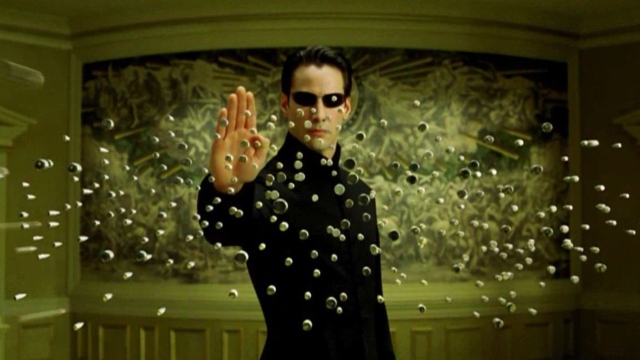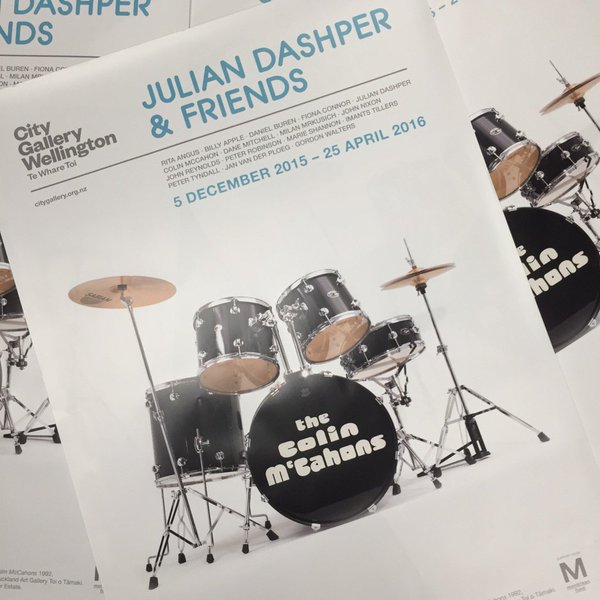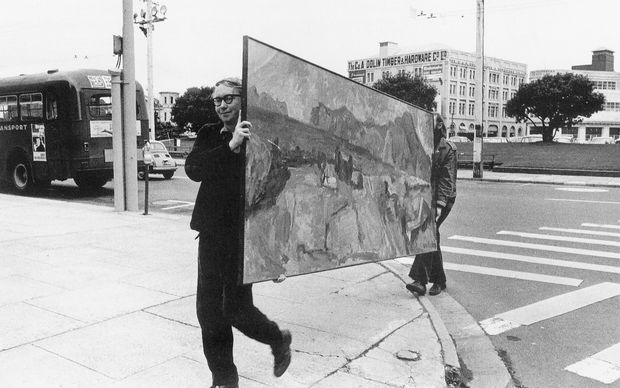My new show, Bullet Time, showcases the work of two New Zealand video artists who conjure with time—Daniel Crooks and Steve Carr. It places them in the context of two historical photographers, pioneers of motion studies—Eadweard Muybridge (1830–1904) and Harold Edgerton (1903–90)—acknowledging them as precursors, influences and reference points. In the process, it engages a complex history of interaction between science and art, photography and cinema, technology and consciousness, thought and feeling.
The show’s title comes from the cinema special-effect made famous by The Matrix (1999). For ‘bullet time’ effects, a set of still cameras surrounding a subject are fired simultaneously or almost simultaneously. Compiled as a movie, the shots offer an orbiting view of the subject, either frozen in time or in super-slow motion, messing with our sense of space and time.
The Matrix’s bullet-time effects looked back to the work of Eadweard Muybridge. In the nineteenth century, there was much debate about whether a horse’s hooves all come off the ground at once during the gait. It occurred too fast to see with the naked eye. The former Californian Governor, railways magnate, and racehorse breeder Leland Stanford engaged Muybridge, the photographer, to furnish evidence to settle the matter. Using a bank of cameras with fast shutters triggered by trip wires, he captured a succession of images of a horse in full stride, proving the theory of ‘unsupported transit’. These images forever changed the way we see horses and led to the development of the cinema.
Based in Melbourne, Daniel Crooks generates bewildering time-space warps by rearranging slivers of digital video information. His Time Slice works look back to Muybridge and to the slit-scan photography used for racetrack photofinishes, and nod to the metaphors used to explain relativity.
At Massachusetts Institute of Technology, in the 1930s, Harold Edgerton pioneered the use of stroboscopic flash photography to study motion. He froze running water, splashes of milk, athletes in action, bullets ripping through balloons, apples, bananas, and playing cards, and exploding atomic bombs. While his work revealed scientific truths, it often had a spectacular, erotic aspect.
Riffing on Edgerton, Steve Carr uses slow-motion to observe bursting paint-filled balloons and bullets tearing open apples. He’s less interested in the scientific aspect than the semiological one. Bullet Time also includes his six-channel video installation Transpiration (2014). Filmed with a time-lapse camera, white carnations planted in dyed water slowly absorb its hues, blushing with colour. (City Gallery Wellington, 25 March–10 July 2016.) (Here’s my essay.)


